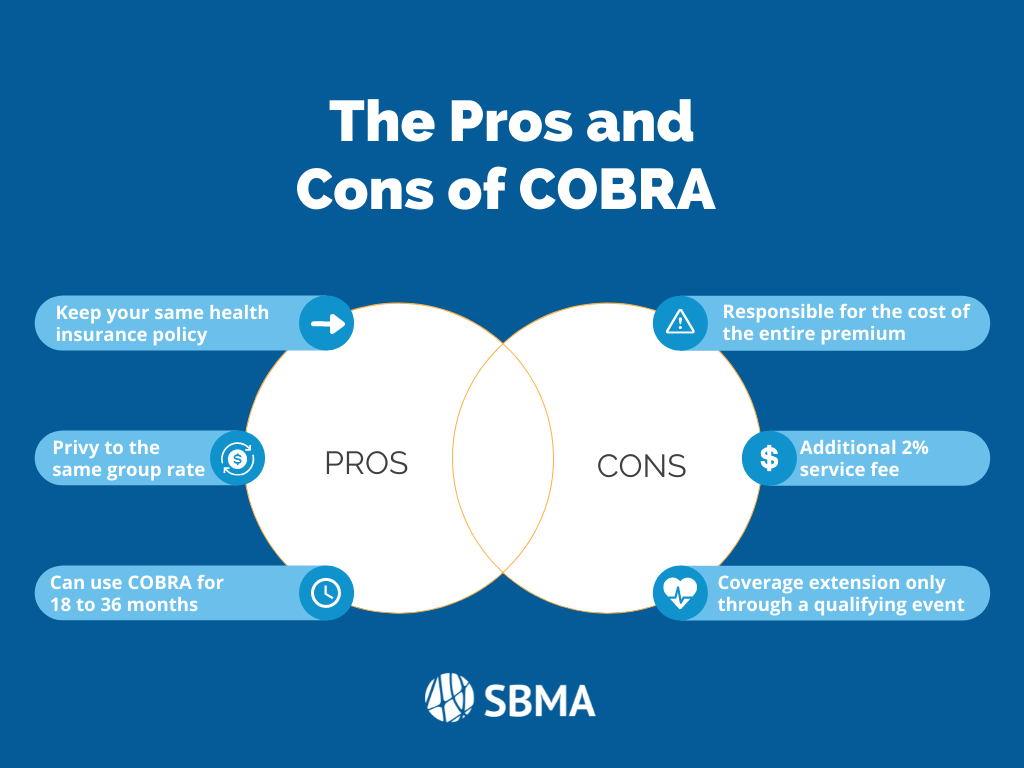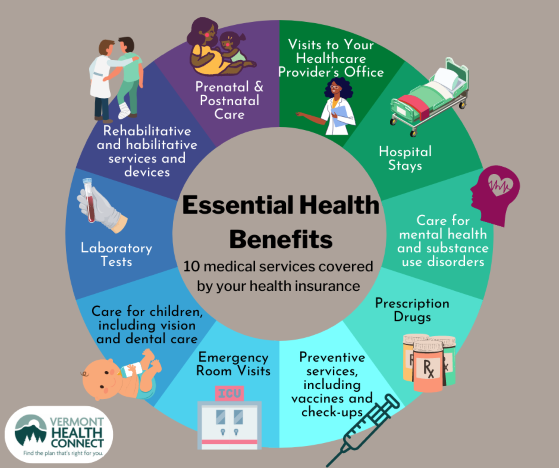How Medicare Advantage Agent can Save You Time, Stress, and Money.
How Medicare Advantage Agent can Save You Time, Stress, and Money.
Blog Article
10 Easy Facts About Medicare Advantage Agent Explained
Table of ContentsGet This Report on Medicare Advantage AgentFacts About Medicare Advantage Agent RevealedThe Facts About Medicare Advantage Agent Revealed
adheres to from puzzling the reasonably young age profile of the without insurance with the better health and wellness, typically, of more youthful individuals. This obscures the web link in between health and wellness status and health insurance policy. For those without accessibility to work environment wellness insurance coverage, inadequate health and wellness is a prospective obstacle to purchasing nongroup coverage due to the fact that such insurance coverage might be extremely priced, omit pre-existing conditions, or be just unavailable. The number of uninsured Americans is not especially huge and has not altered over the last few years. 7 out of 10 participants in an across the country representative survey thought that less Americans did not have medical insurance than actually do(Fronstin, 1998). Roughly fifty percent(47 percent )believed that the number of individuals without health insurance decreased or continued to be constant over the last fifty percent of the last decade(Blendon et al., 1999). This drop of almost 2 million in the variety of people 'without insurance policy (a reduction
of around 4 percent)is absolutely a positive adjustment. With a softer economic climate in 2000 the current reported gains in insurance policy protection may not proceed(Fronstin, 2001 ). The decline in the number of without insurance will certainly not proceed if the economic climate remains slow and healthcare prices remain to exceed inflation. This is because the data were gathered for a period of strong economic efficiency. Of the estimated 42 million people that were uninsured, just about concerning 420,000(regarding 1 percent)were under 65 years old, the age at which most Americans come to be qualified for Medicare; 32 million were grownups between ages 18 and 65, around 19 percent of all adults in this age group; and 10 million were kids under 18 years of age, about 13.9 percent of all kids (Mills, 2000). These estimates of the variety of individuals uninsured are generated from the yearly March Supplement to the Present Population Survey (CPS), carried out by the Demographics Bureau. Unless otherwise noted, national quotes of individuals without health insurance and percentages of the populace with various sort of coverage are based upon the CPS, one of the most extensively utilized resource of estimates of insurance coverage and uninsurance rates. These surveys and the price quotes they produce are explained briefly in Table B. 1 in Appendix B - Medicare Advantage Agent. These surveys differ in dimension and sampling approaches, the questions that are asked about insurance policy
Rumored Buzz on Medicare Advantage Agent
coverage, and the moment duration over which insurance protection or uninsurance is measured(Lewis et al., 1998, Fronstin, 2000a ). Still, the CPS is particularly helpful since it generates annual price quotes reasonably promptly, reporting the previous year's insurance protection approximates each September, and since it is the basis for a consistent set of quotes for greater than two decades, enabling for analysis of fads in insurance coverage in time.

The Definitive Guide to Medicare Advantage Agent
Over a three-year duration starting early in 1993, 72 million individuals, 29 percent of the U.S. population, lacked protection for at the very least one month. Within a solitary year(1994), 53 million individuals experienced at the very least a month without insurance coverage(Bennefield, 1998a). 6 out of every 10 without insurance grownups are themselves employed. Although functioning does boost the chance that a person and one's family participants will certainly have insurance policy, it is not a guarantee. Even members of households with 2 permanent wage earners have virtually a one-in-ten chance of being without insurance (9.1 percent uninsured price)(Hoffman and Pohl, 2000 ). The partnership in between medical Source insurance and access to care is well developed, as recorded later on in this chapter. Although the connection in between wellness insurance coverage and health end results is neither direct neither simple, a comprehensive scientific and health services research study literature links medical insurance coverage
to better accessibility to care, far better top quality, and boosted personal and population health status. The second record, on individual health results for without insurance adults, is stood for by the inner circle of the number, while the third record, on family well-being, encompasses the subjects of the 2nd report yet stresses a different unit of evaluation, namely, the family. The 6th report in the collection will certainly provide info about strategies and campaigns taken on in your area, statewide, or country wide to address the absence of insurance coverage and its unfavorable influences. Degrees of analysis for checking out the impacts of uninsurance. This discussion check of medical insurance coverage focuses primarily on the united state population under age 65 because virtually all Americans 65 and older have Medicare or various other public protection.
It focuses particularly on those without any wellness insurance for any kind of length of time. The troubles dealt with by the underinsured are in some aspects similar to those dealt with by the without insurance, although they are normally less extreme. Uninsurance and underinsurance, nonetheless, involve definitely various plan issues, and the methods for addressing them may differ. Throughout this study and the 5 records to adhere to, the primary focus gets on individuals without medical insurance and hence no assistance in spending for health care beyond what is offered via charity and safeguard organizations. Health and wellness insurance policy is a powerful element influencing receipt of treatment due to the fact that both individuals and doctors reply to go to this site the out-of-pocket rate of services. Wellness insurance policy, however, is neither essential neither adequate to get to clinical solutions. The independent and direct result of health and wellness
insurance coverage protection access to health wellness is well establishedDeveloped Others will get the health and wellness care they need even without health insurance policy, by paying for it out of pocket or seeking it from suppliers that provide treatment totally free or at highly subsidized prices. For still others, medical insurance alone does not guarantee receipt of treatment as a result of various other nonfinancial obstacles, such as an absence of health and wellness treatment carriers in their community, limited accessibility to transport, illiteracy, or etymological and cultural distinctions. Official research about without insurance populations in the United States dates to the late 1920s and very early 1930s when the Board on the Price of Treatment created a collection of reports regarding funding medical professional workplace gos to and hospital stays. This issue came to be salient as the varieties of clinically indigent climbed up throughout the Great Depression. Empirical studies constantly support the link in between accessibility to care and improved health results(Bindman et al., 1995; Starfield, 1995 ). Having a routine resource of care can be considered a forecaster of accessibility, instead of a direct step of it, when health and wellness end results are themselves utilized as gain access to indications. This expansion of the idea of access dimension was made by the IOM Board on Checking Accessibility to Personal Healthcare Services(Millman, 1993, p. Whether parents are guaranteed shows up to impact whether their youngsters get treatment in addition to just how much careeven if the youngsters themselves have coverage(Hanson, 1998). The health of parents can affect their ability to look after their kids and the degree of family members stress and anxiety. Stressing over their children's accessibility to care is itself a resource of anxiety for parents. Three phases adhere to in this record. Phase 2 offers a summary of just how employment-based medical insurance, public programs and individual insurance coverage run and interact to give extensive however insufficient insurance coverage of the U.S. population. This consists of an evaluation of historical fads and public laws influencing both public and exclusive insurance, a discussion of the communications among the different kinds of insurance coverage, and an assessment of why people move from one program to an additional or end up

Report this page